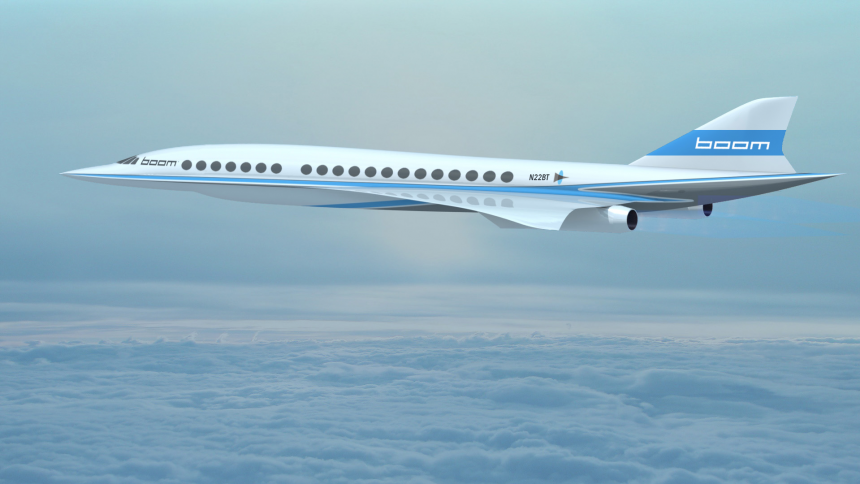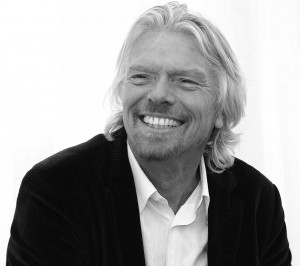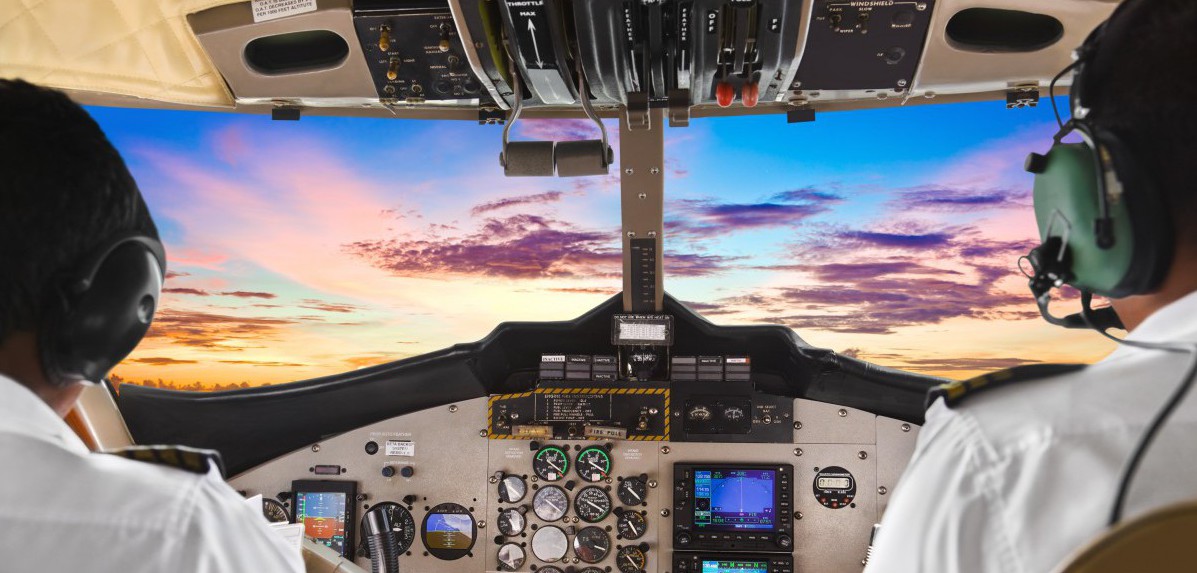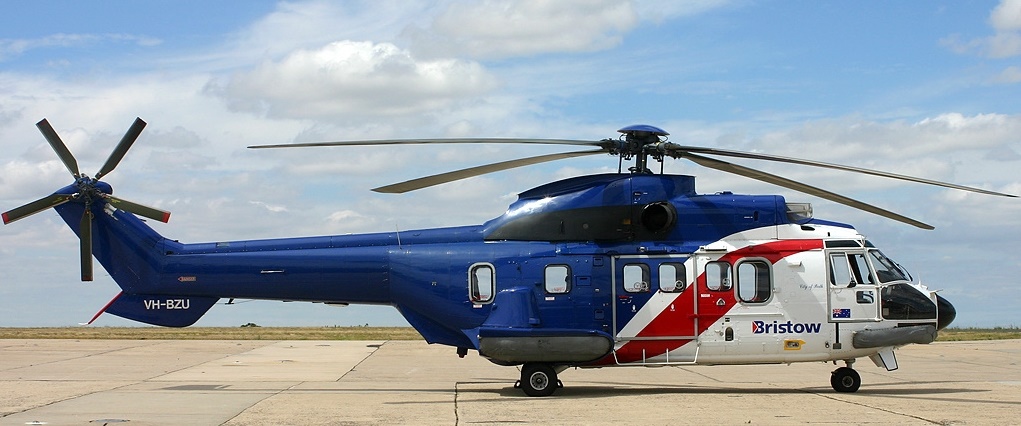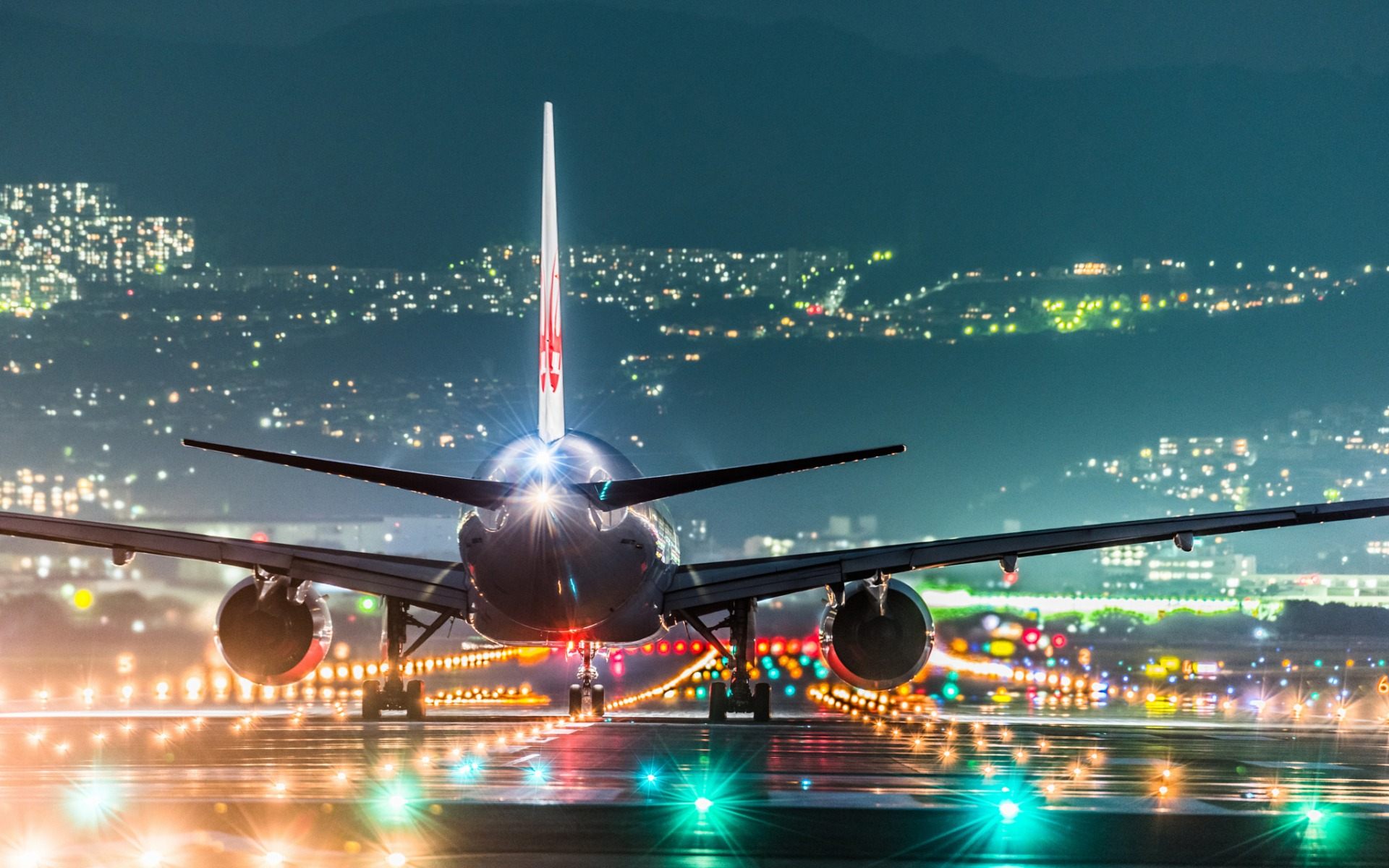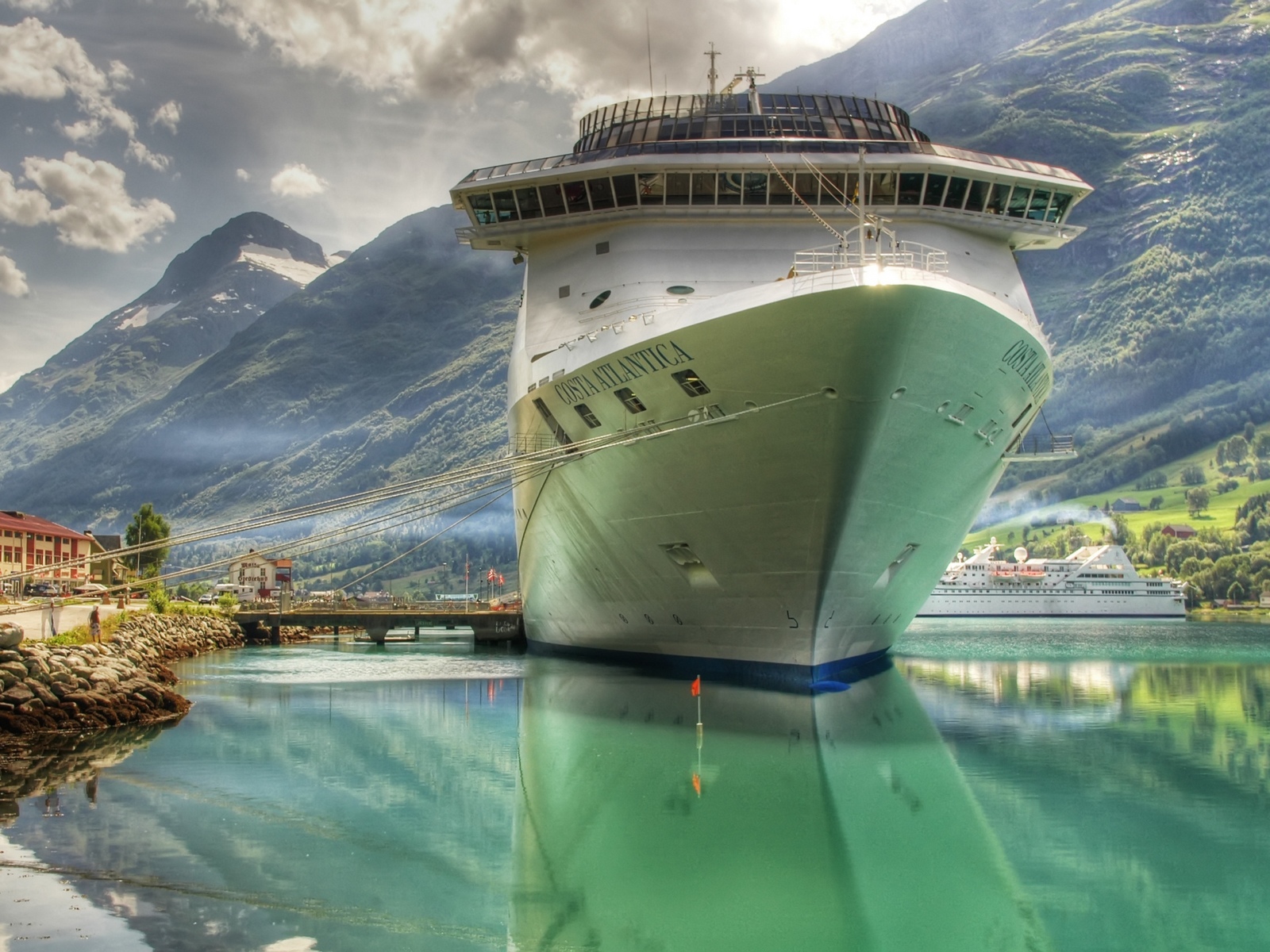Richard Branson Backed Gorgeous New Boom Jet Will Fly Across the Atlantic in 3.5 Hours
BY ANDREW ZALESKI , ARCHITECTURAL DIGEST
PHOTOGRAPHY BY BOOM TECHNOLOGY
Richard Branson backed gorgeous new boom jet is a stunning feat of aviation engineering.
Jaw-dropping concept planes seem to be a recent craze. From the Skreemr, a proposal for an airplane that flies from New York to London in 30 minutes, to a hybrid rocket–jet engine called Sabre that could lead to low-cost space travel, technology seems to be moving toward a world of faster aeronautics. The one parallel for these plans, though, is that they’re years away from becoming true prototypes. Yet, one company, Boom Technology, might be closer to significantly changing the way we travel. A one-way flight from San Francisco to Tokyo, for example, typically takes around 11 hours. Boom wants to shatter that with a reduced duration of under five hours. Headquartered in Colorado, the supersonic jet start-up is building a plane that travels 2.2 times the speed of sound, or roughly 1,500 m.p.h., and more than 2.6 times faster than current airline standards. What’s more, with a little help from Sir Richard Branson, founder of Virgin Group, Boom might be airborne by late 2017 with a prototype.
In a recently penned deal, Boom signed a partnership with Virgin Galactic, a subsidiary of Branson’s Virgin Group, valued around $2 billion. The agreement is a ten-plane option from Virgin Galactic and its manufacturing wing, the Spaceship Co. In other words, the Branson-owned brand hasn’t bought any planes, but having seen the initial technical specs of these Boom aircraft, Virgin Galactic will purchase ten of them if all goes as planned.
When the Mach-2 Concorde from Airbus debuted in 1973 and traversed the Atlantic Ocean in 3.5 hours, the world thought it had found its answer to hyperfast air travel. Yet, three decades later the Concorde was decommissioned, due in part to rising maintenance costs as well as the $20,000 price tag for each ticket. Boom is projecting a $5,000 ticket price for each of the 40 seats its aircraft will hold. Although that’s still a hefty amount for airfare, it certainly is much less than what a flight on the Concorde would cost now, had it remained in service. Perhaps, come late 2017, if all goes as expected for the team at Boom, traveling from New York to London will be as convenient as New York to Washington D.C.

